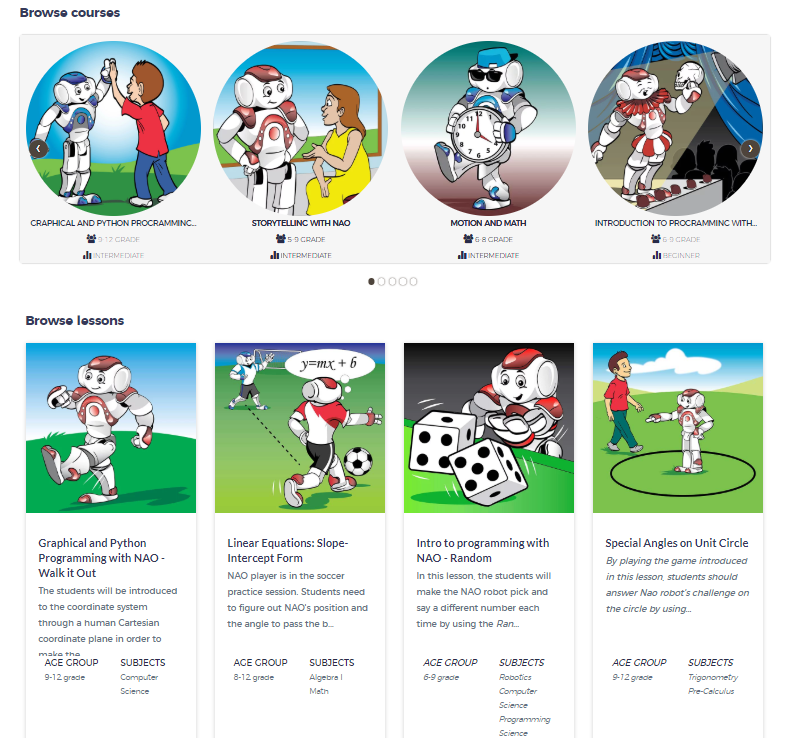In my years teaching middle school science, summer was always an ideal time to kick back and let my mind drift over events of the previous school year. Inevitably, ideas for changes and improvements drifted to the surface as I thought about what went great and not so well.

Since STEM is a relatively new initiative, summer is the ideal time to think through some ways to ratchet up your success in the coming school year. And if you’re a new STEM teacher, this is a perfect time to dive in and wrap your head around what you’ll be doing so you’ll get off to a great STEM start.
Here are some of my suggestions for what you could be doing in July to prepare for the beginning of school in August or September.
By ANNE JOLLY
Start with focused learning
Home in on what you need to understand most to build rigor into your STEM classes and to boost the level of student engagement and learning.
List your ideas as they emerge. For example, you may be wondering how you can provide explicit support to help kids understand and apply key concepts in science and math at deeper levels. Or how could you blend digital technology into your STEM classes in a more significant way.
Perhaps productive student teamwork is something you want to know more about. Or how might you design your STEM lessons to tap into student’s passions. Remember – you don’t have to tackle everything on your list at once. Just choose one and get started.

Build up a collection of STEM wisdom
Spend some time this July exploring STEM online resources. This activity will keep STEM on your front burner as well as build your enthusiasm and generate new ideas for your classroom.
You likely know how to access and browse a wealth of online information. If you haven’t set up a site for curating STEM articles and stashing the “keepers,” I highly recommend doing so.
Another way to stay abreast of the latest articles, blogs, and activities that involve STEM is by subscribing to some Smart-briefs free, attractive, news summaries. Warning: you may have to scroll down a list of other worthwhile education articles to find those dealing with STEM, but that’s interesting, too.
Connect with STEM colleagues
uly is also a great time to put together a learning and support network for teaching STEM. You likely already have an online network composed of friends on a number of social media sites. You may have even intentionally networked with colleagues to explore STEM topics and resources. If that’s the case, you have already established a personal learning network (PLN) – a community of friends and followers who share your STEM interests. This is a powerful STEM professional learning and support tool.
Many teachers and school leaders rely on Twitter’s hashtag communities to help build their online personal learning networks. Debra Shapiro, Associate Editor at NSTA Reports, shared the following Twitter hashtags with us — follow them in your Twitter aggregator (like TweetDeck) to spot lots of helpful STEM information: #nsta plus #scichat, #scienceed, #edtech, #stem, and #scied. You might also follow @StemEdCoalition, @TeachingSTEM and@STEMAhead. I also keep up with #STEMchat and #stemed.

Reaching out to colleagues
As you plan your networking activities, keep in mind the value and importance of face-to-face interaction with fellow teachers. Hopefully you have a school-based professional learning team focused on STEM work. If not, consider inviting three or four colleagues to join you in regularly meeting to plan this work. A low-key summer gathering might be just the way to get started.
Ideally you want to include science, math and technology teachers. STEM involves coordinating and integrating those subjects, and all teachers should be involved in planning STEM lessons, even if all do not officially teach STEM classes.
You can also form a professional learning team with STEM teachers from other schools. This team may meet less frequently and may sometimes meet through virtual mediums such as Google Hangouts or Skype, but the payoff can be high. You might spend some time in July considering how to set up some of these support systems. (Tip: one good way to stay in touch – your own twitter hashtag for your formal or informal STEM PLT. Twitter doesn’t register them – you just make one up and start using it (e.g., #stemplt).
Plan for STEM lessons
As your mind drifts through the experiences and events of teaching STEM, you might start revamping last year’s lessons or generating ideas for new ones. To see if you’re on track with your lesson preparation. If you agree and your lessons need some tweaking to meet these criteria, this is a good time to make adjustments.
Notice that the post also offers several online locations where you can find STEM lessons, as well as other links on this blog that can guide you in developing STEM lessons.
As you plan your lessons, think of July as a good time to gather some of those inexpensive lesson materials you know you’ll need and locate sources for materials you’ll order after school starts.
In the event that you’re thinking of simply chilling out during July, please do that as well! But consider . . . a few STEM minutes at summer’s peak might make a big difference for you and your students when the leaves turn bright fall colors and the ghosts and goblins reappear!

Want to discover more STEM tools?
Check our products page and start planning your STEM lessons with RobotLAB! and our learning Platform EngageK12!
RobotLAB products Take me to Engage! K12

This article is original from MiddleWeb: https://www.middleweb.com/16326/teaching-stem-fall-heres-can-july/
